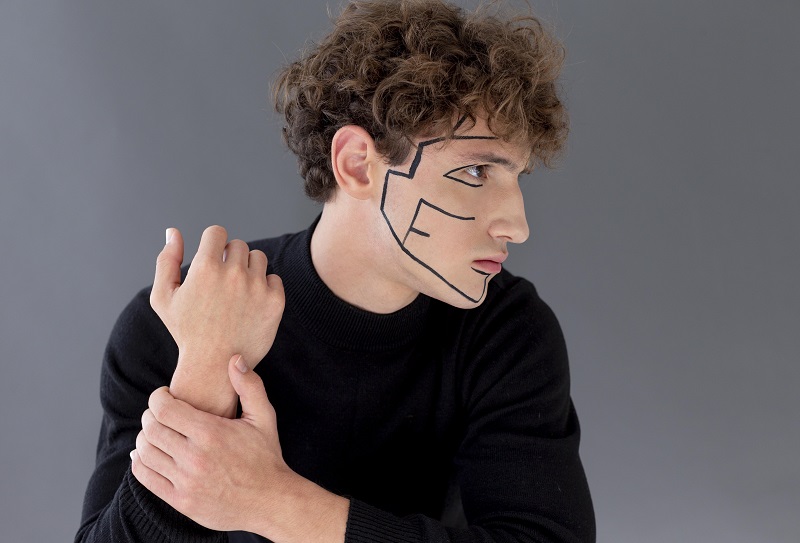Introduction to Dupuytren’s Problems
Dupuytren’s problems, also known as Dupuytren’s contracture, affect the hands and fingers. This condition causes the fingers to bend inward, making it hard to straighten them.
It usually starts with small lumps in the palm. Over time, these lumps form thick cords that pull the fingers down. While it is not life-threatening, it can make everyday tasks difficult.
In this article, we will explore the causes, symptoms, and treatments for Dupuytren’s problems. We will also discuss how to manage the condition and when to seek medical help.
What Causes Dupuytren’s Problems?
The exact cause of Dupuytren’s problems is still unclear. However, several factors increase the risk:
- Genetics – It often runs in families.
- Age – People over 50 are more likely to develop it.
- Gender – Men are affected more than women.
- Medical conditions – Diabetes and liver disease may contribute.
- Lifestyle factors – Smoking and heavy alcohol use can worsen the condition.
Researchers believe that collagen buildup in the hand’s connective tissue leads to the formation of tight cords. These cords then pull the fingers into a bent position.
Symptoms of Dupuytren’s Problems
The signs of Dupuytren’s problems develop slowly. Early symptoms include:
- Small lumps or nodules in the palm.
- Thickened skin that feels tight.
- Cords under the skin that extend to the fingers.
- Difficulty straightening the fingers, especially the ring and pinky fingers.
As the condition progresses, the fingers may stay bent permanently. This can make gripping objects or shaking hands difficult.
Stages of Dupuytren’s Contracture
The condition develops in stages:
- Early Stage – Small lumps form, but fingers can still move freely.
- Moderate Stage – Cords develop, and fingers start bending slightly.
- Advanced Stage – Fingers become permanently bent, affecting daily activities.
Early detection helps in managing the condition better. If you notice any changes in your hands, consult a doctor.
Diagnosing Dupuytren’s Problems
Doctors diagnose Dupuytren’s problems through:
- Physical examination – Checking for lumps and finger movement.
- Medical history – Looking for family history or related conditions.
- Tabletop test – Placing the hand flat to see if fingers lift.
Imaging tests like ultrasound are rarely needed. A simple exam is usually enough for diagnosis.
Treatment Options for Dupuytren’s Problems
Treatment depends on how severe the condition is. Options include:
1. Non-Surgical Treatments
- Steroid injections – Reduce inflammation in early stages.
- Collagenase injections – Break down the thick cords.
- Needle aponeurotomy – A needle is used to loosen tight cords.
These methods work best in mild to moderate cases. They help improve finger movement without surgery.
2. Surgical Treatments
- Fasciotomy – Cutting the tight cords to release the fingers.
- Dupuytren’s fasciectomy – Removing the affected tissue completely.
- Skin grafts – Used in severe cases where skin is too tight.
Surgery is recommended when fingers are severely bent. Recovery may take weeks or months.
3. Physical Therapy and Exercises
Hand exercises can help maintain flexibility. A therapist may suggest:
- Stretching fingers gently.
- Using splints to keep fingers straight.
- Strengthening hand muscles.
These methods can slow down the progression of the condition.
Can Dupuytren’s Problems Be Prevented?
There is no sure way to prevent Dupuytren’s problems. However, you can reduce risks by:
- Avoiding smoking and excessive alcohol.
- Managing diabetes and liver disease.
- Doing hand exercises to maintain flexibility.
Early treatment can prevent severe bending of the fingers.
Living with Dupuytren’s Problems
Many people live with mild Dupuytren’s problems without needing surgery. Here are some tips:
- Use tools with larger handles for easier gripping.
- Wear gloves to protect hands during activities.
- Stay active to keep hand muscles strong.
If the condition worsens, medical treatments can help restore function.
When to See a Doctor
You should see a doctor if:
- Lumps in the palm grow larger.
- Fingers start bending involuntarily.
- Daily tasks become difficult.
Early treatment leads to better outcomes.
Frequently Asked Questions (FAQs)
1. Is Dupuytren’s contracture painful?
Most cases are not painful, but tight cords can cause discomfort.
2. Can Dupuytren’s problems come back after treatment?
Yes, the condition can return, especially if not fully treated.
3. Are both hands affected by Dupuytren’s?
Often, one hand is worse, but both can be affected.
4. Can children get Dupuytren’s contracture?
It is rare in children; mostly affects older adults.
5. Does massage help with Dupuytren’s problems?
Gentle massage may help with flexibility but won’t cure it.
Conclusion: Managing Dupuytren’s Problems Effectively
Dupuytren’s problems can impact hand function, but early treatment helps. Knowing the symptoms and risk factors allows for better management.
Non-surgical options work well in early stages. Severe cases may need surgery. Staying proactive with hand care can improve quality of life.
If you suspect Dupuytren’s problems, consult a doctor. Early action prevents long-term complications.

